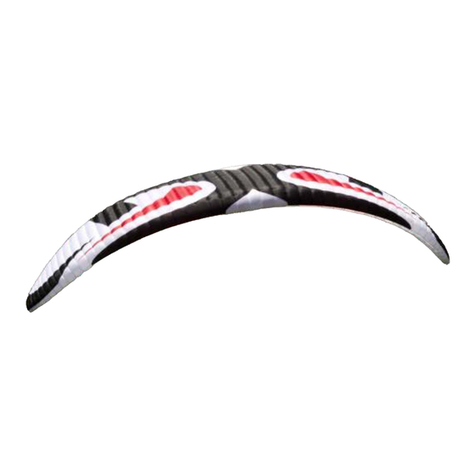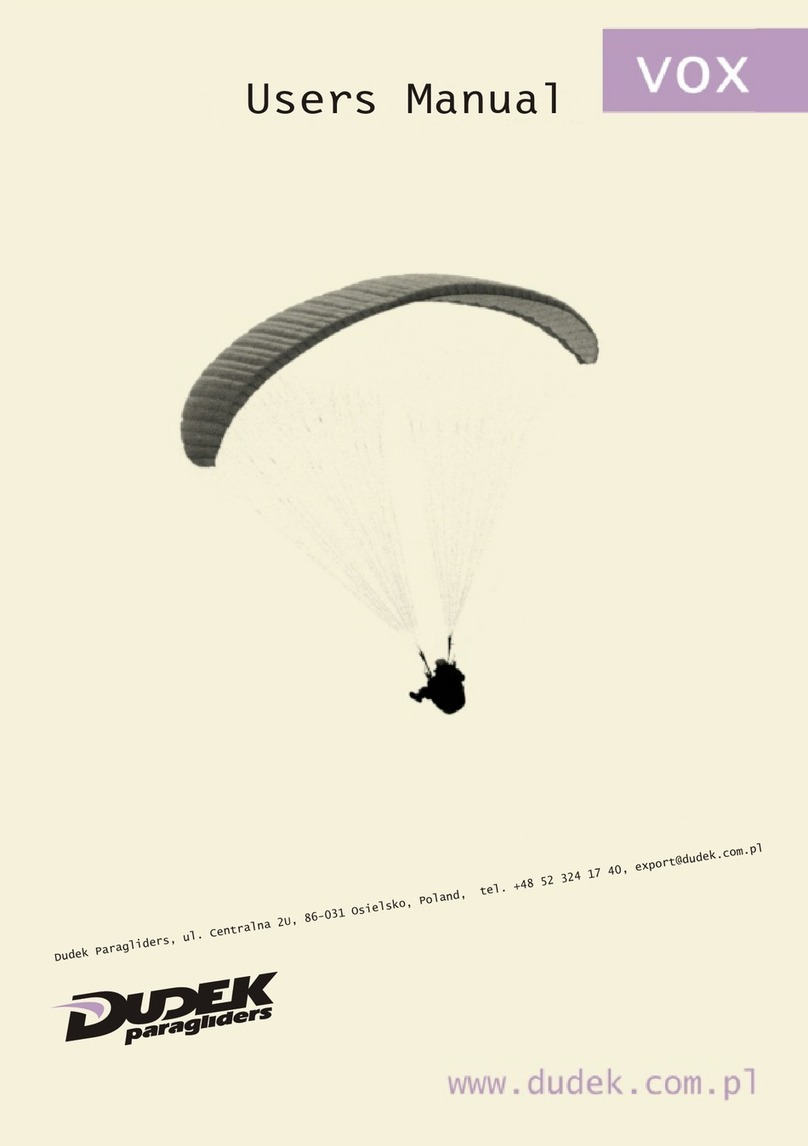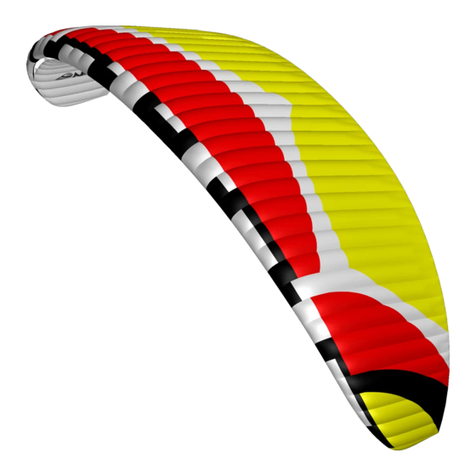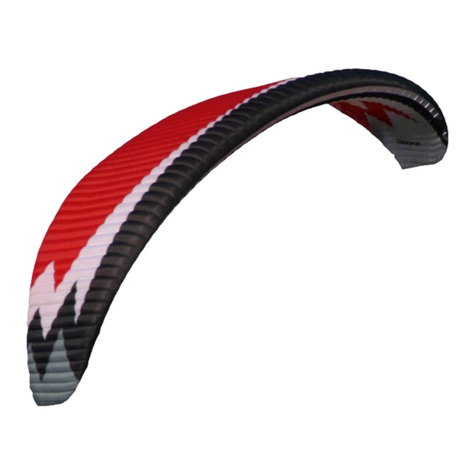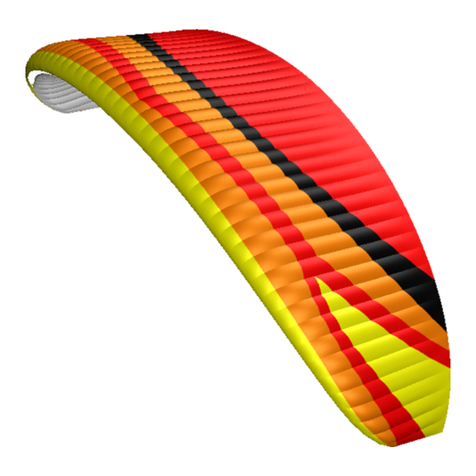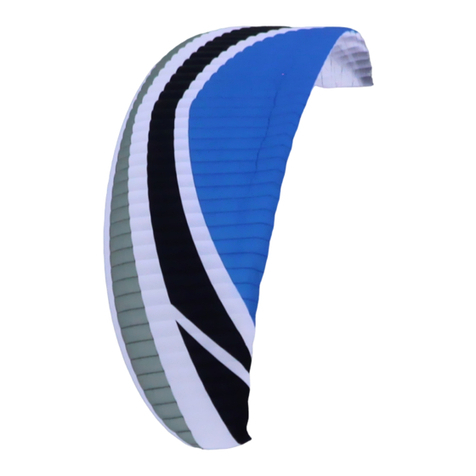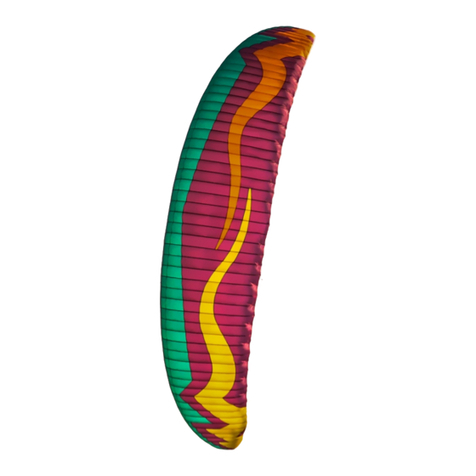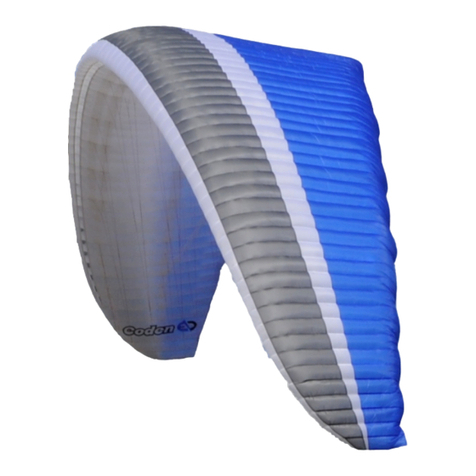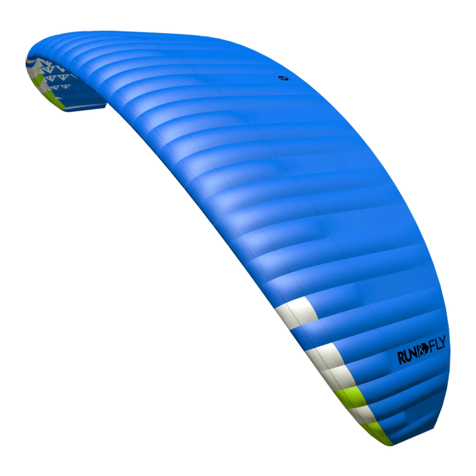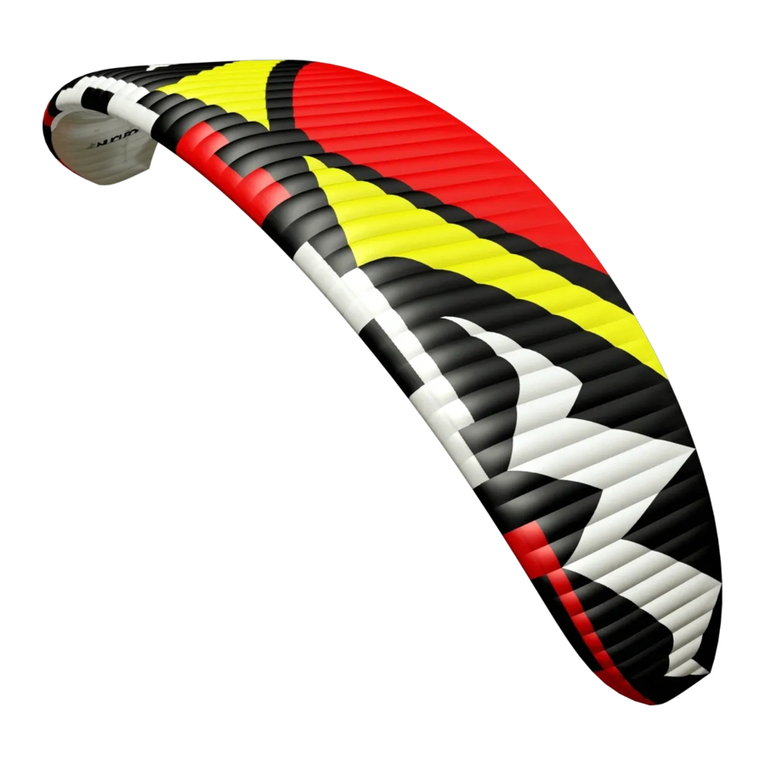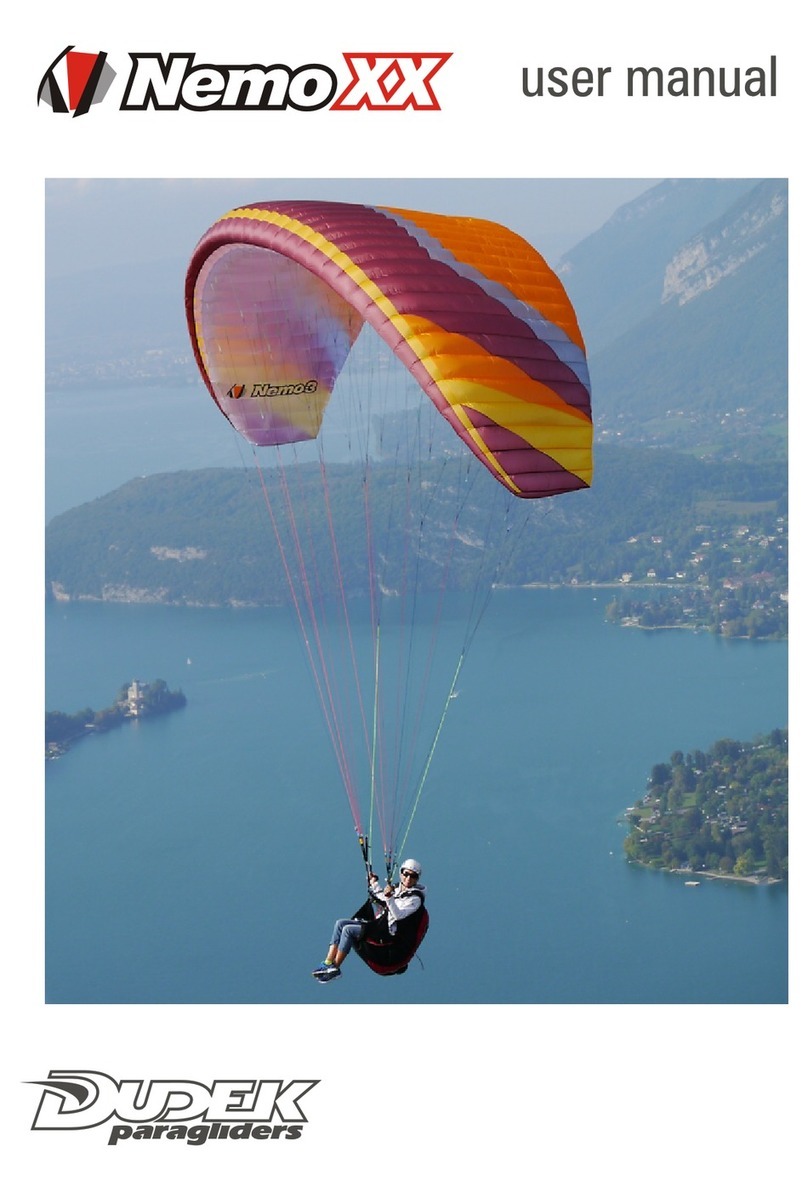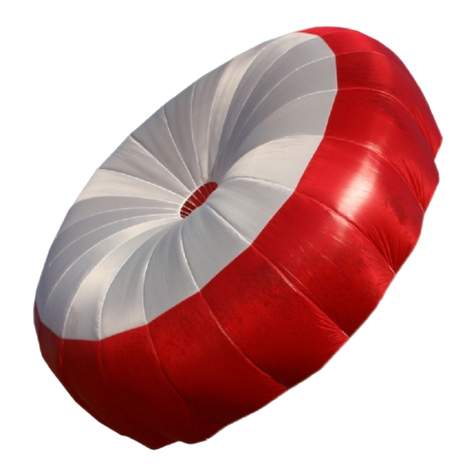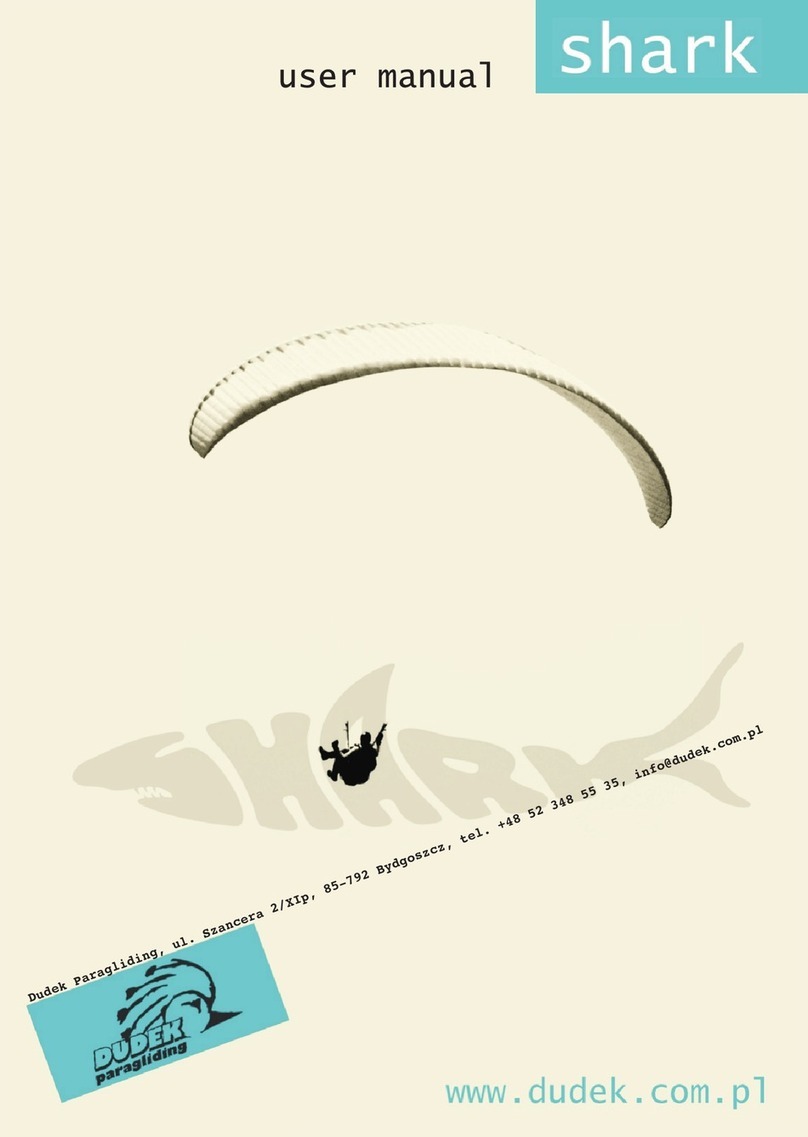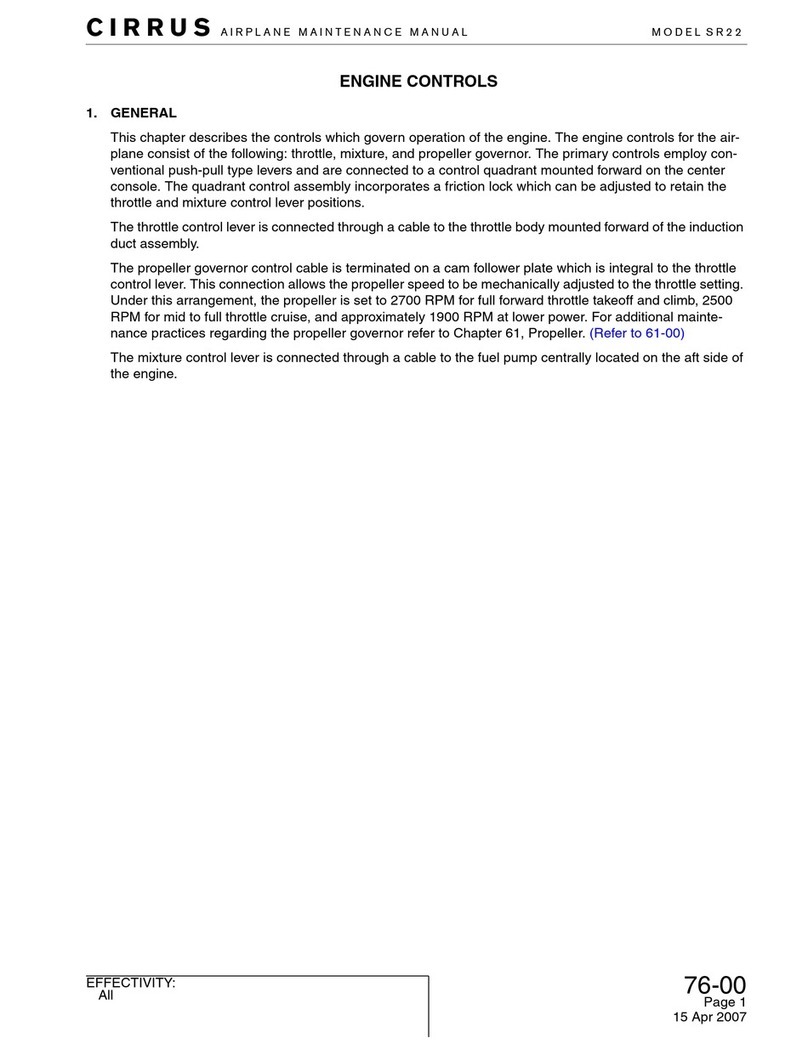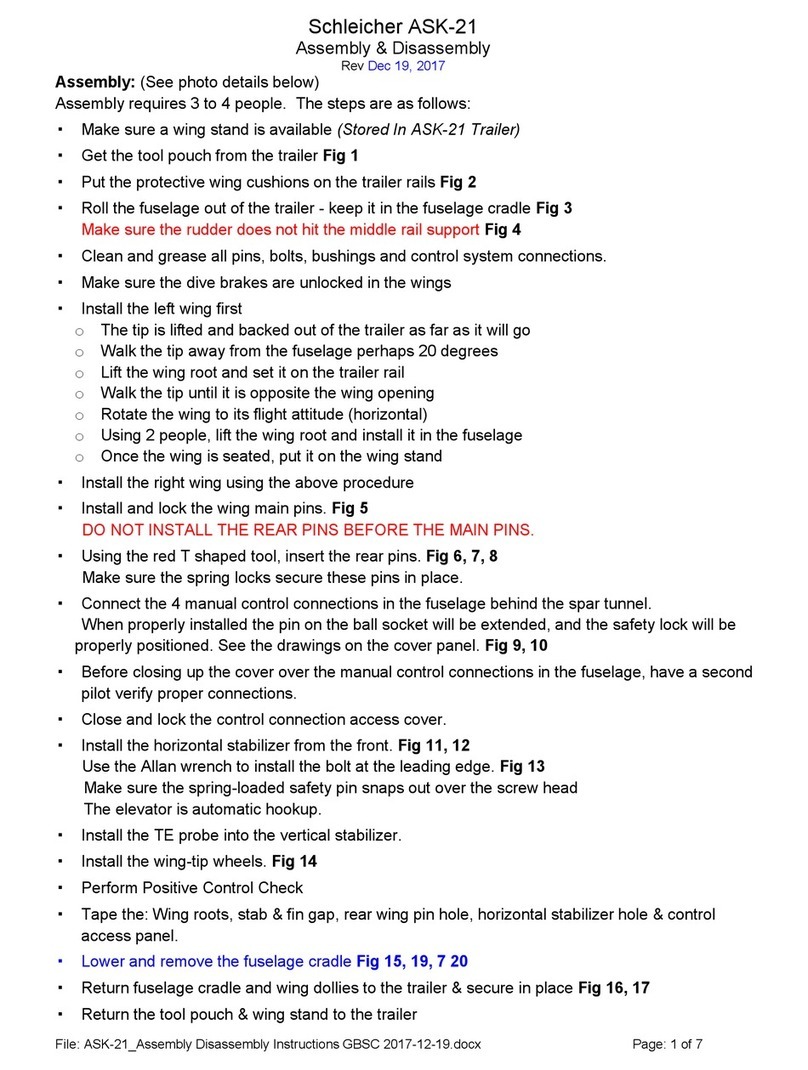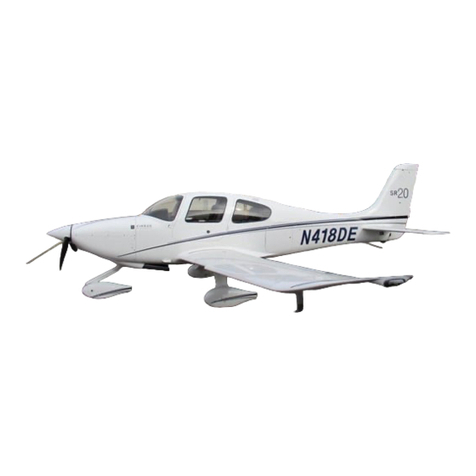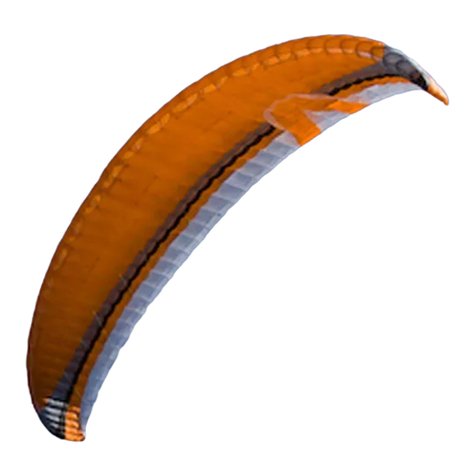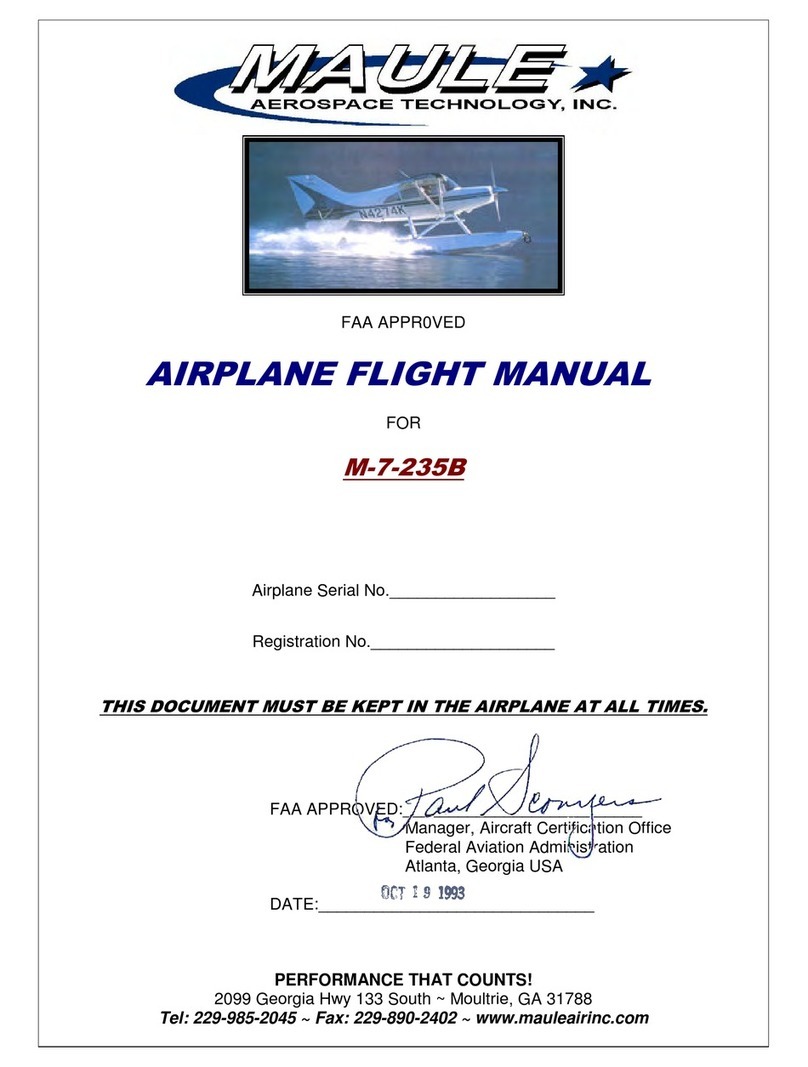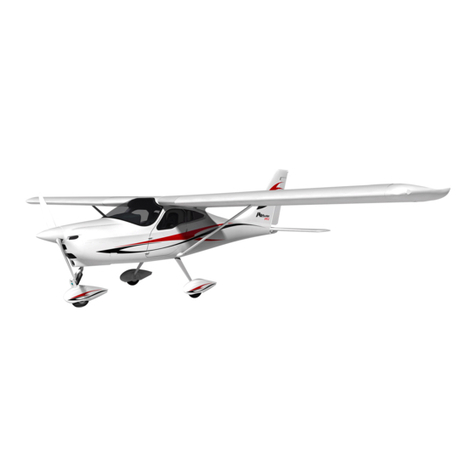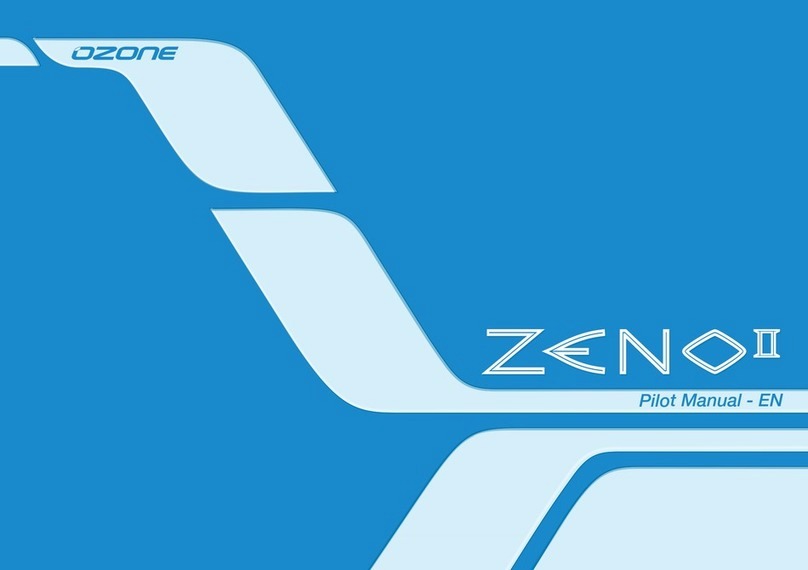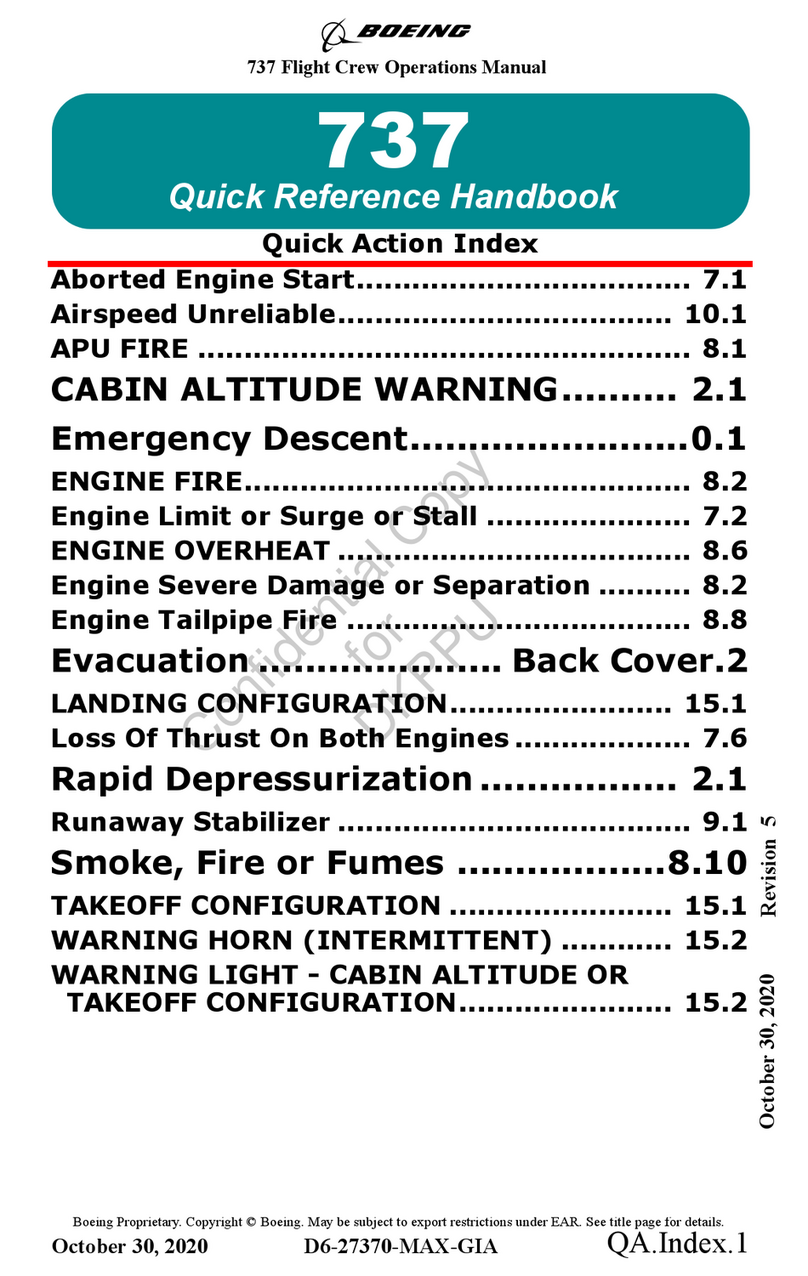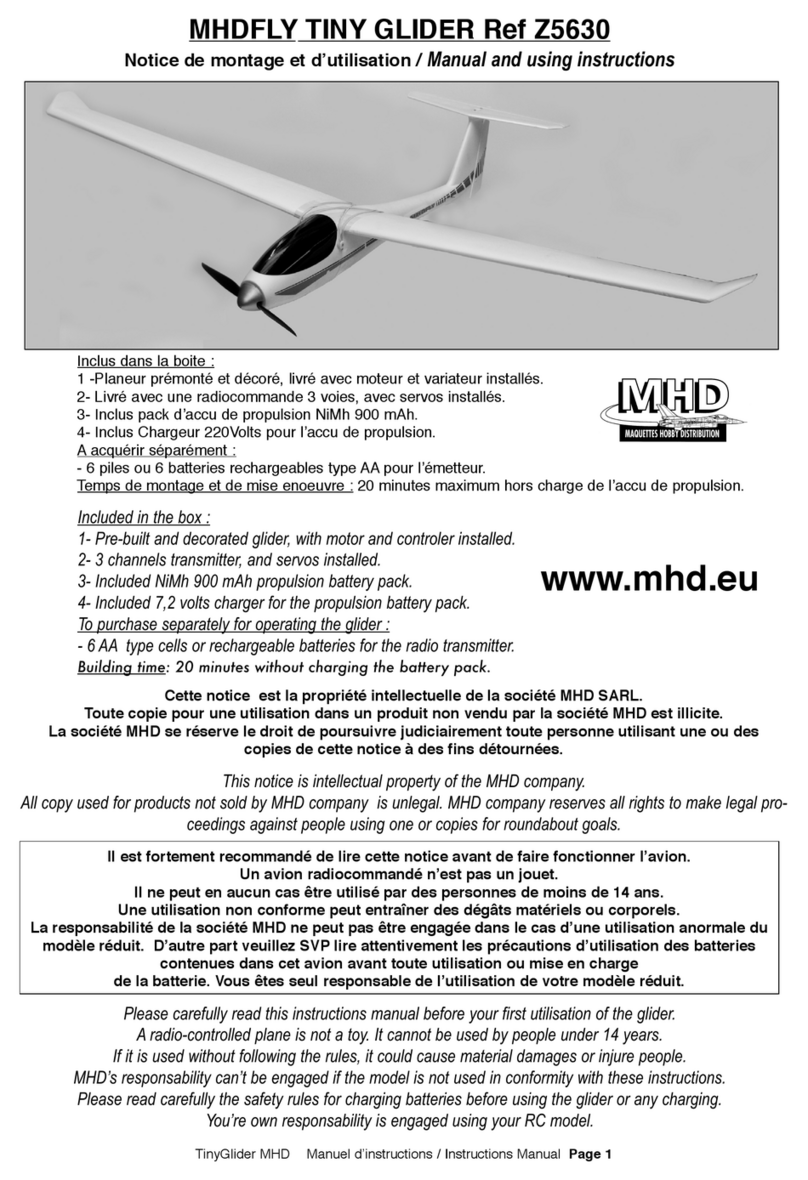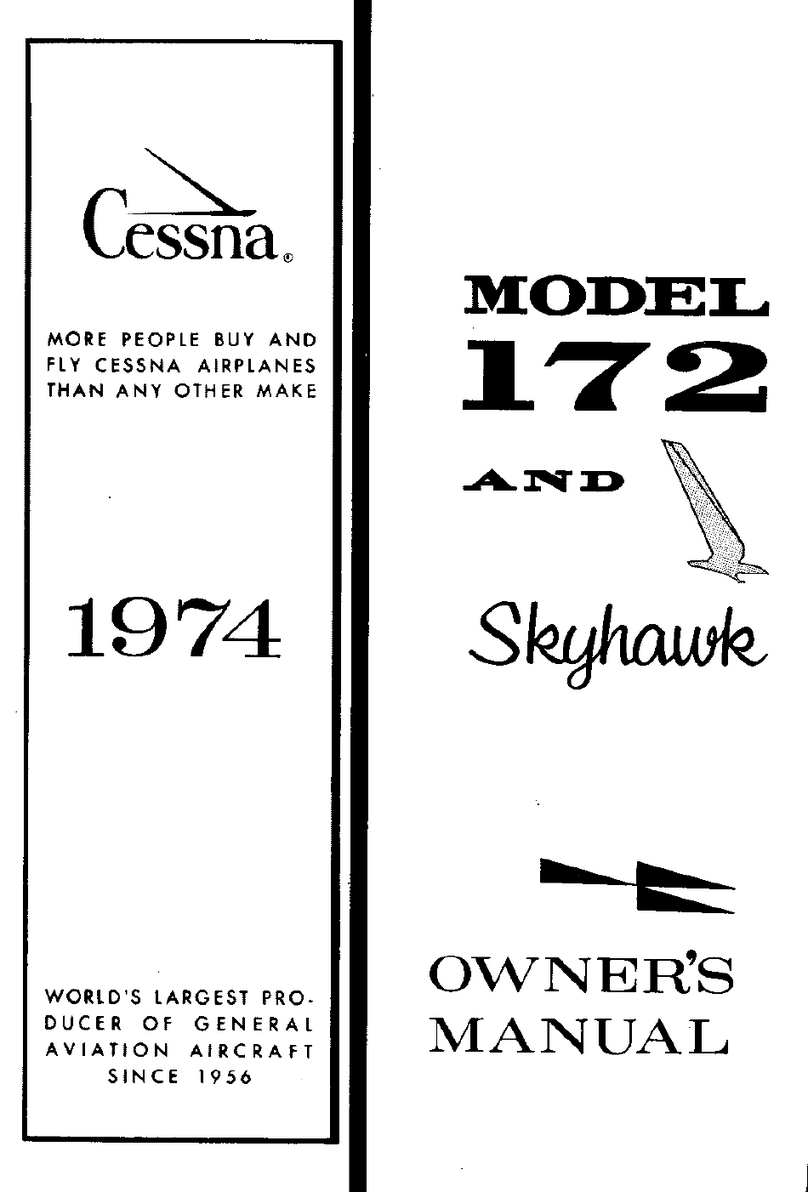
Providing our pilots new values in such a
radical concept as the first version of the
revolutionary Run&Fly 2 was a real
challenge for our team. Most of the design
goals were based on the opinions of the
predecessor's users. The main idea was to
enhance the positive pilot's experiences by
simplifying the operation of the paraglider
as much as possible while maint aining the
most important and valued features of
Run&Fly-small package volume and low
weight.
For whom the Run&Fly?
The Run&Fly is not a typical paragliding
canopy: it has a single skin. Therefore it’s
lighter while displaying much stronger
tendency to stay over head and recover
from any surges than a regular paraglider.
In this way, the Run&Fly 2 offers safe take-
offs, great maneuverability in flight and
smooth landings. It is exceptionally light, so
that you can carry the wing on your back
during trail running or climbing sessions
almost without noticing the load. It is so
compact, that it fits in a 4-litre bag. The
Run&Fly is perfect for trail running, hike&fly
and necessary travelling, or just as a
second wing you will always have with you
(you can easily place it in your hand
luggage while travelling by plane).
Design and purpose
The new method of calculating the canopy
stresses proposed by the originator, JB
Chandelier, helped minimizing the number
of distortions occurring where panels made
in 3to1 technology are connected. In this
way, it was possible to slightly increase the
perfection of flight, as well as the visual
qualities of the canopy.
The leading edge of the Run&Fly 2 is made
with a double- impregnated Porcher Sport
fabric, which is more resistant to increasing
the porosity over time. Main ribs are made
of more durable 32-gram hard-finish fabric.
Run&Fly 2 could not miss the latest
product in the bridles catalogue of the
German company Edelrid-colourful,
uncovered lines of the A-8001 series. The
colours of the lines depend on the row and
height in the gallery where they are
attached. It makes the ground operation
easier. They are also better visible against
the rocks, from which pilots of our single-
skin often take off.
Significant improvements have been made
to the risers. The basis is Dyneema lines
without any steel or soft links. However, the
lines are hidden in multifunctional covers.
